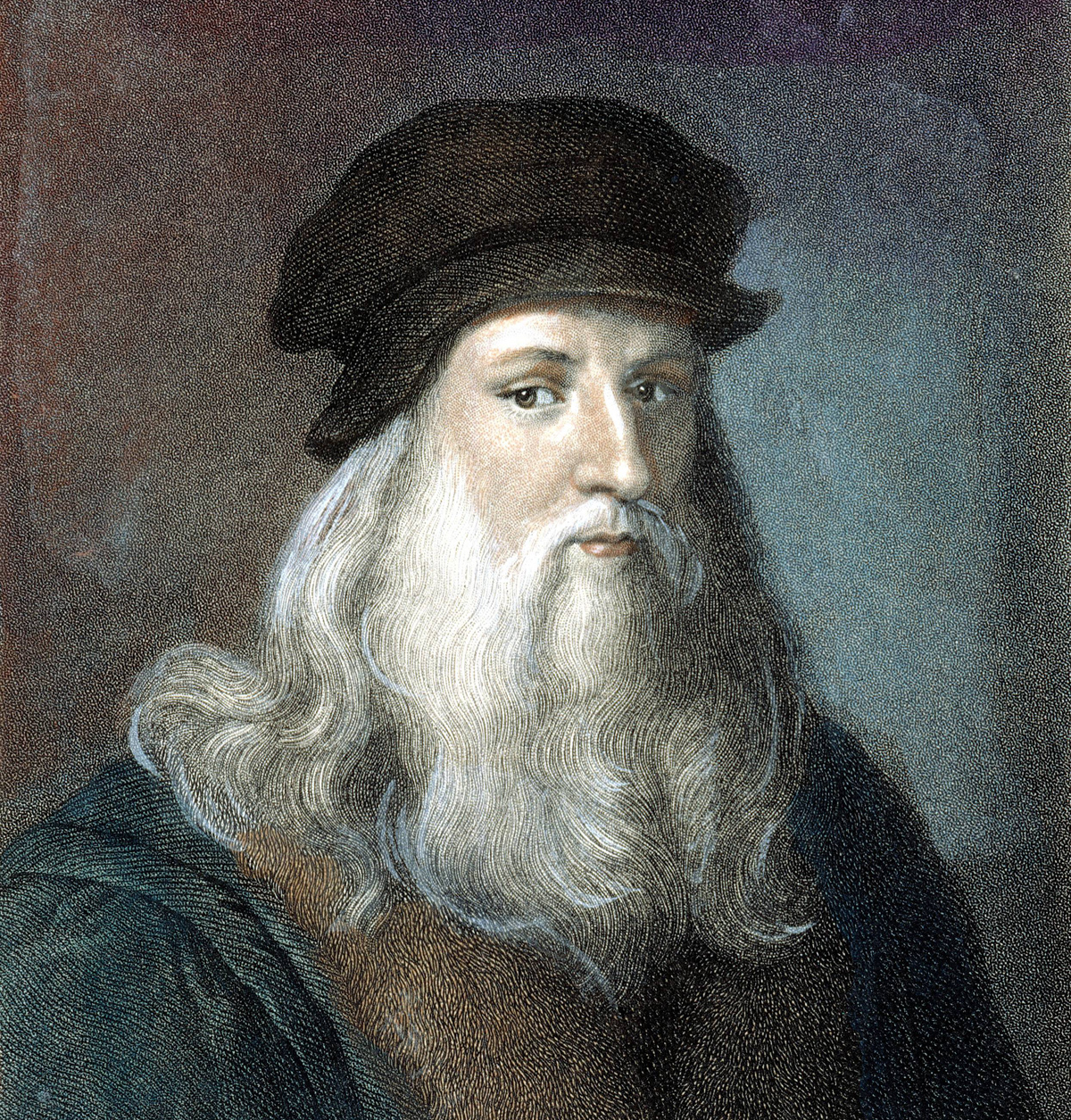Who was
Ramon Amaya Amador?
Ramón Amaya Amador, storyteller and journalist, is one of the most prolific writers in the country and the one who has more published works.
Ramón Amaya
Amador began his journalistic life in 1941 as an editor, first, and later as
editor-in-chief of the newspaper El Atlántico, from La Ceiba, founded and
directed by Ángel Moya Posas. Subsequently, on October 8, 1943, Ramón Amaya Amador
founded in Olanchito, with Dionisio Romero Narváez, the weekly Alert, with the
valuable collaboration of his colleague Pablo Magín Romero.
Exile
On May 19,
1957, Ramón Amaya Amador returned to Honduras, accompanied by his wife Regina
Arminda Funes, originally from Córdoba, Argentina; in that year he joined the
editorial staff of the newspaper El Cronista, run by Alejandro Valladares, and
founded in Tegucigalpa, with Luis Manuel Zúniga, the magazine Vistazo.
The Honduran Literary Circle paid tribute to him at the Paraninfo of the National Autonomous University in Tegucigalpa on November 11, 1958, with the rector Lisandro Gálvez and university students Rafael Leiva Vivas, J. Delmer Urbizo and Oscar Acosta intervening.
On that occasion, Ramón Amaya Amador read an extensive speech of gratitude in which he affirmed that it was the first time that in his homeland he had received an honorable distinction for his work in letters and culture. This document can be considered as his literary testament.
On April 19, 1959 he left Tegucigalpa with his wife Arminda and his young children: Aixa Ixchel and Carlos Raúl, to settle in Prague, Czechoslovakia, integrating the editorial staff of the magazine Problems of Peace and the Socialism.
Death
Between November 14 and 20, 1966, Ramón Amaya Amador traveled to Sofia, in Bulgaria, on behalf of the Communist Party of Honduras, to the Congress of the Bulgarian Communist Party that was held in the capital.
On November 24, Amaya Amador took flight TABSO LZ101 back, bound for Prague via Budapest, however, the flight deviated from its route due to bad weather and had to land in Bratislava, Slovakia. A few minutes after leaving, the plane crashed 5 miles from the airport, killing 74 passengers and 8 crew members, including Ramón Amaya Amador.
In September 1977 the remains of Ramón Amaya Amador were finally repatriated and returned to the city of Tegucigalpa. His widow, Regina Arminda Fúnez, died in the Argentine Republic in 2007.
Published
Works
- Green Prison (1945)
- Dawn (1947)
- The Indian Sánchez (1948)
- Under the Sign of Peace (1953)
- Constructures (1957)
- The Lord of the Sierra (1957)
- The witches of Ilamatepeque (1958)
- Memoirs of a scoundrel (1958)
- Biography of a machete (1959)
- Red Detachment (1960)
- The May Road (1963)
- Cocks (1963)
- With the same horseshoe (1963)
- Jacinta Peralta (1964)
- Operation Gorilla (1965)
- Morazaneida (1966) So far only one volume of five edited
- The rebels of the town of San Miguel 1964-1966
Inedited
books
- The Grinding (1944)
- The India of Love Defeated (1955)
- Mahogany Borders (1956)
- Memoirs of a scoundrel (1959)
- Jug seekers (1961)
- An Apprentice Messiah (1961)
- Wildlands of the coyol or cinchonero (1962)
- The Bottled Man (1965)
- Holy land (1965)
- Morazaneida (1966) So far only one volume of five edited
- Junco's Hat
- The Pa and the Blood
- Shadows of the Mountain
- The Last Order




No hay comentarios:
Publicar un comentario